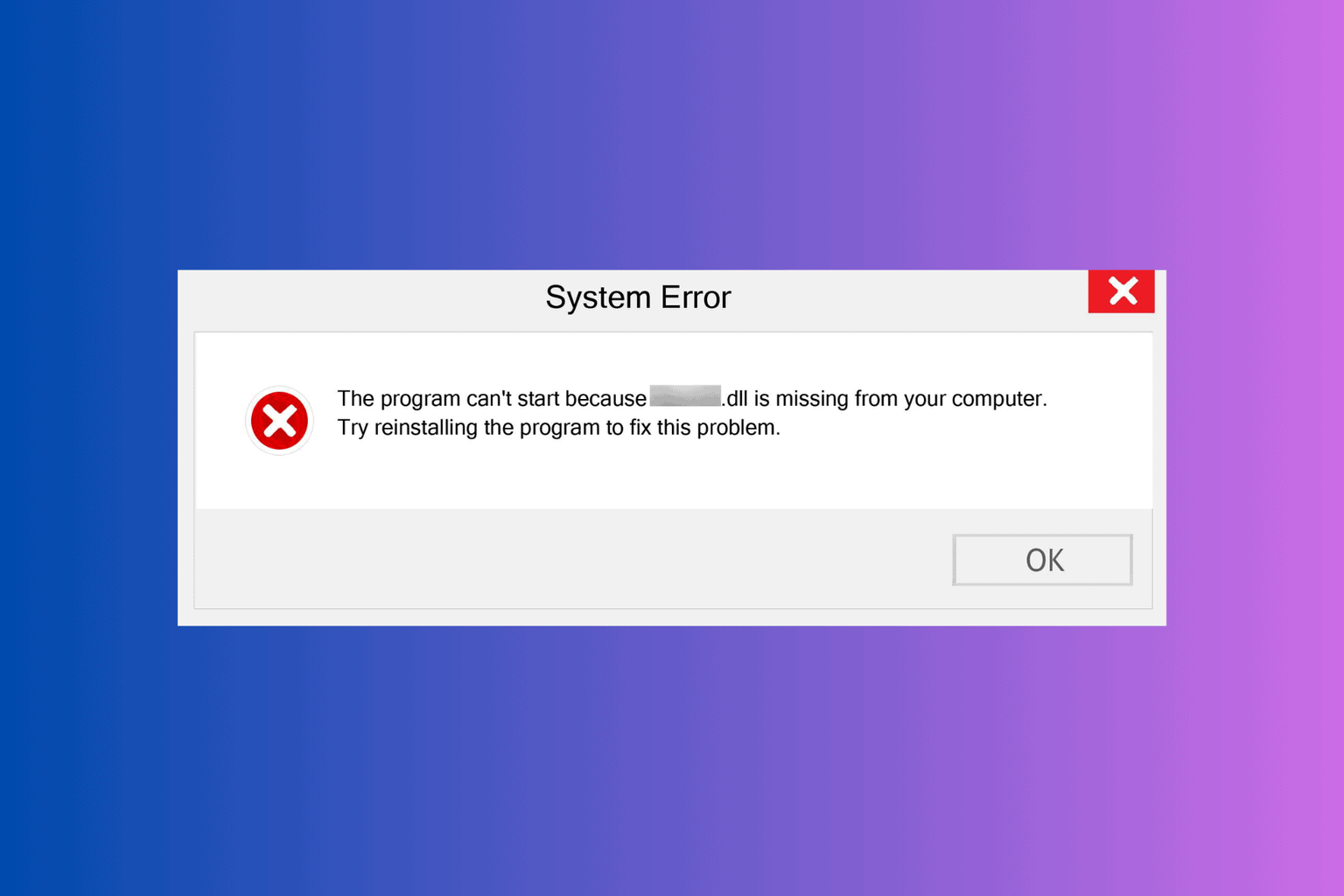Here’s the ‘23.5 billion’ reason Microsoft is doubling down on gaming
4 min. read
Published on
Read our disclosure page to find out how can you help Windows Report sustain the editorial team. Read more

If you have been following us closely, you may have noticed the abundance of gaming-related news from Microsoft as of late. Microsoft is certainly putting more effort into game market, and some new statistics on the industry from VentureBeat may explains why (hint: it’s all about the money).
Gaming is big
The statistics were announced by the Entertainment Software Association (ESA), who found that the U.S gaming industry made $23.5 billion in revenue 2015 – that includes console sales, game sales, and all other digital products – a $1.1 billion increase from 2014’s revenue of $22.4 billion. Sales of software alone, which consists of both physical and digital games, mobile games, subscriptions, and DLCs, made $16.5 billion last year, a 7 percent increase from 2014. The growth in revenue is attributed to great sales of consoles, mobile games and AAA games.
With such impressive numbers and healthy growth, it is no wonder that gaming is considered more and more as a lucrative market, even for companies traditionally not too involved in the industry: indeed, Apple focuses on gaming as a feature for its TV streaming box and iOS mobile devices, and Google is doing the same with Android.
Microsoft’s trump card: Xbox integration
Unlike its competitors however, Microsoft has always been a big player in the gaming space, at least ever since the introduction of its own gaming console brand, the Xbox, which through 3 generations has become the second most popular console on the market. Windows’s dominance as the definite operating system of the world has also given it much leverage in the gaming department when compare to alternatives like Mac OSX or Linux, the latter of which has only received recent attention with Valve’s push through Steam.
Despite this long history with gaming, Microsoft has botched most of its attempt at dominating the gaming market, even on its own OS. The Games for Windows program was a complete failure, that got decimated by Steam’s rise in popularity and power. Despite many attempts, Windows 8 Store and its phone counterparts never got the traction with small game developers like its mobile competitors, one of the main reason for their paltry user base. Even on Xbox, after championing in the last-gen console race with the Xbox 360, Microsoft caused some PR disasters with the Xbox One, with those effects still plaguing console sales today.
Windows 10 signifies a new age for Microsoft however, one where they finally realize their vision of unifying all device form factors under one platform, and along with it, Microsoft seem to have found their niche. With the Xbox One getting ever closer to a PC in architecture, and soon to run Windows 10, Microsoft is at the unique position where they can utilize the already-venerable repertoire of the Xbox brand to provide blockbuster gaming experiences on the Windows App Store for any Windows 10 PC with cross-link to the Xbox – something none of its competitors have been able to achieve (even Android’s most high-end gaming experience is restricted to a sorry number of specific Nvidia hardware).
Sure enough, the company seem to have been doubling down on this special capability: exclusives after exclusives makes the jump from Xbox to the Windows Store and stays there as exclusives for Windows 10, starting with critically-acclaimed Rise of the Tomb Raider, followed by Quantum Break, and many more in the future. Not just AAA experiences from the Xbox, even a high-quality multi-platform game has tested the water.
For some, the future of gaming is about immersive experiences provided by virtual reality technology, the likes of Oculus Rift and Sony VR. While Microsoft’s HoloLens is not as immersive, utilizing augmented reality to blend technology with the real world instead, Microsoft demonstrated its gaming capabilities, and also how it can function as a supplement to a gaming platform. Given how the HoloLens will also run Windows 10, a three way integration for the ultimate gaming experience is not out of the questions.
A bright future
More games need to be coming before we can fully assess the result of Microsoft’s strategy; nevertheless, the potential is enormous, especially if Microsoft can complete the Xbox-Windows integration. It will be interesting to see how the Windows Store will grow as a gaming platform in the future.








User forum
0 messages